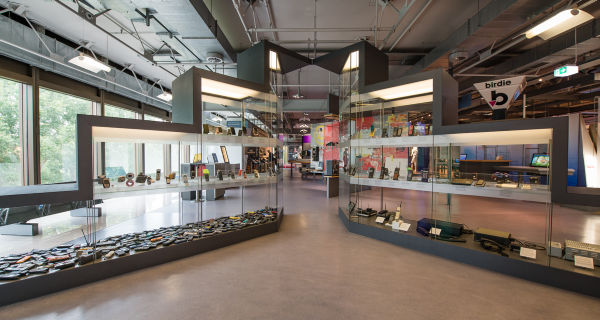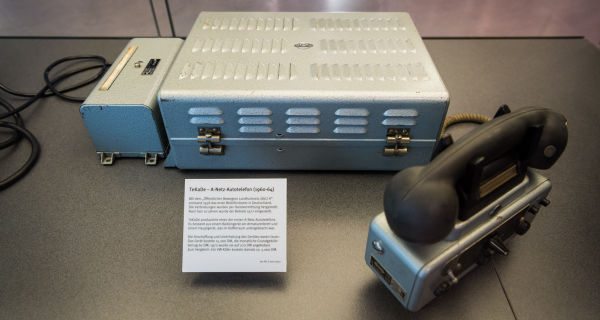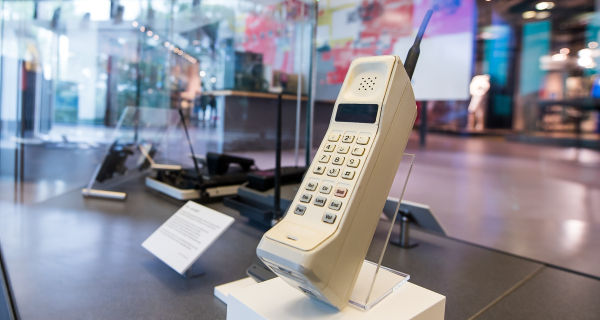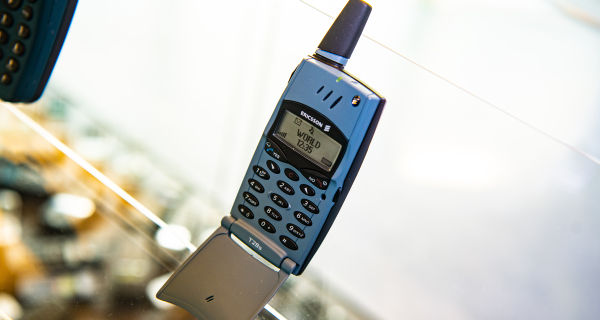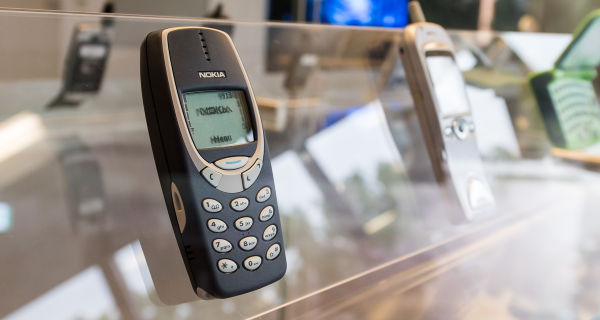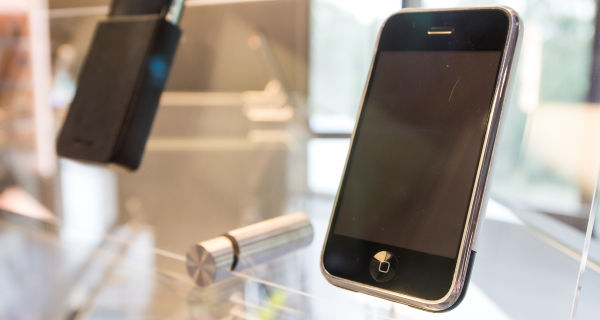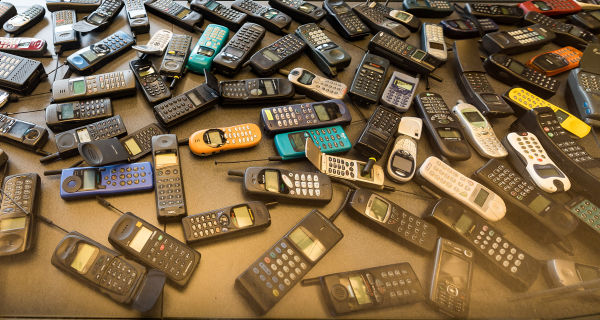As early as 1926, passengers on the Berlin to Hamburg railway line could use the train’s mobile radio to place calls to the fixed network. In 1958, Deutsche Bundespost set up the first public radio network with blanket coverage. The “A-network” car phones required to operate the system had to be installed in the car boot because of their size.
Olympic Games and the "B-network"
Deutsche Bundespost went on to install the “B-network” (1972 to 1994) on the occasion of the Olympic Games in Munich. Developments in transistor technology meant that devices were becoming smaller and lighter. The “C-network” (1985 to 2002) represented a quantum leap in terms of technology: voice transmission was still an analogue process, but signalling had become digital. A call could be forwarded automatically from one radio cell to the next. Mobile systems were gaining in popularity as they became smaller and less expensive.
Mobile revolution
The “mobile revolution” took hold at the start of the 1990s with the advent of new digital networks with GSM standard. Telekom (D1) and Mannesmann (D2) purchased the respective licences in Germany, where E-Plus received e-network authorisation in 1994, followed by Viag Intercom in 1998. These digital networks are compatible with one another, allowing data from the popular SMS and MMS messages to be exchanged. The by now smaller, power-saving GSM devices could be used for international communications – real mobility was here to stay.
In 2000, six UMTS mobile phone network licences were purchased at auction for almost 50 billion euros in Germany. The new devices allow much higher data transmission rates than GSM. Mobile terminals have now become mini-computers. The proportion of mobile data communications (sending e-mails, chatting, downloading videos, transmitting photos, surfing the web etc.) is growing rapidly and keeps the mobile phone network operating at the limits of its technical capacity.
Devices from both the analogue and the digital age are on show at the museum. In 1983, the first digital telephone weighed all of 750 grams. It was only in the course of expansion of the network infrastructure and miniaturisation during the 1990s that mobile phones really began to conquer the world.
Surprises and discoveries
Visitors will be delighted to reacquaint themselves with some old favourites, such as the popular Nokia 3310, milestones including the Nokia Communicator, and long-forgotten brands of the likes of Hagenuk. There are also plenty of facts to be uncovered. For instance, the first mobile phone with a touchscreen to be launched on the market was not an Apple model, but the LG Prada. Many people have also long since forgotten that Apple’s first iPhone had no UMTS, no GPS and no front-facing camera – so could not be used to take selfies!
Details of 76 phones are provided, and visitors have the opportunity to inspect three devices from different generations. They will also be treated to a nostalgic look at the “Mobile Phone Graveyard”, where some of their very first mobile phones have been laid to rest.
